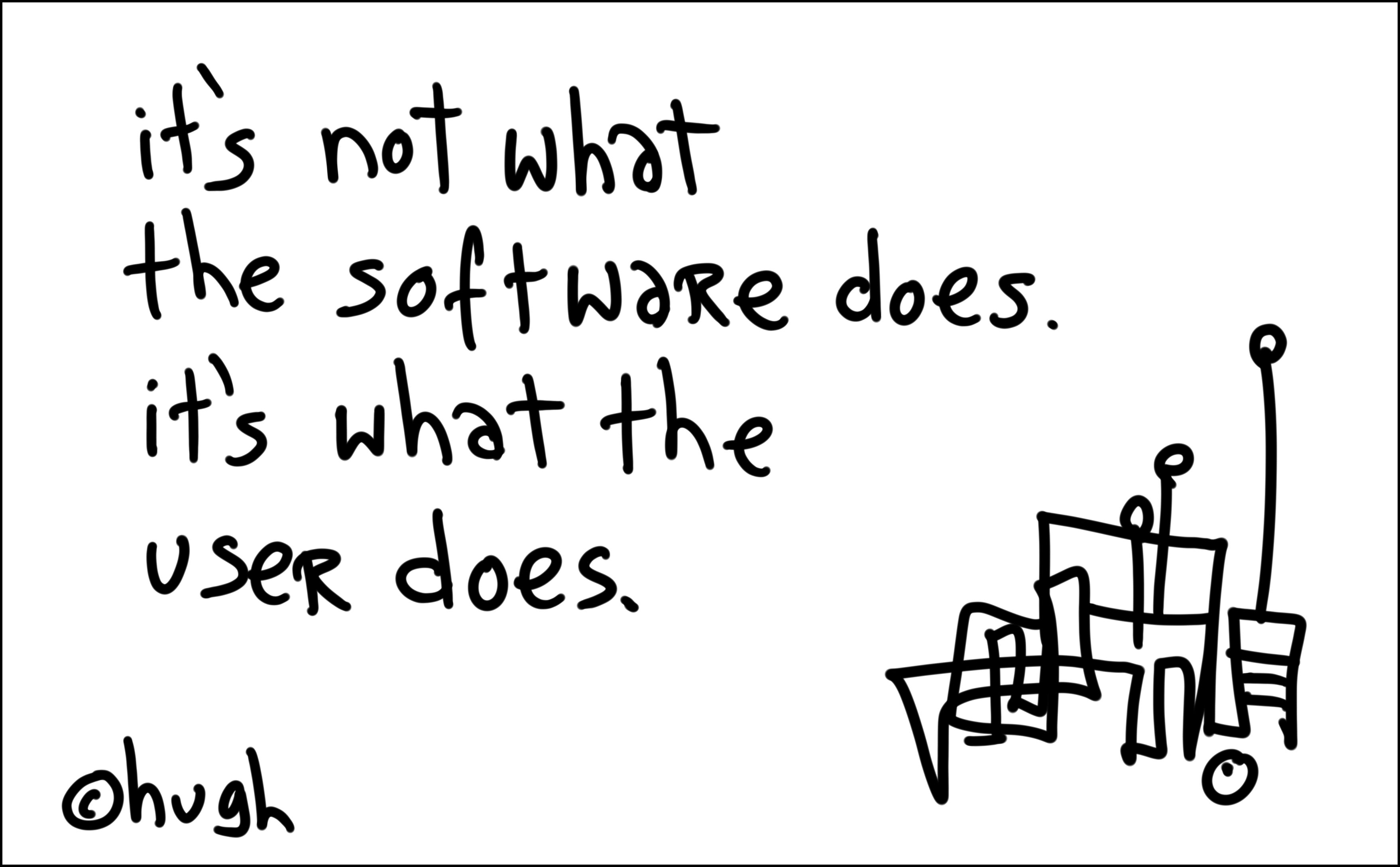UI first.
Mock up an elegant and easy-to-use user interface (and workflow) thinking from the point of view of the user, and only then think about the underlying database / data structures you'll need to bring that UI to life.
If you can't design your UI because you haven't yet designed your database, you're doing it wrong IMHO. How many annoying pieces of software have you used that suffered from letting the database design drive the UI design?
Edit: As others have pointed out, you need to start with use cases / user stories. The UI design and database design, whichever order you do them, should only happen after you know what your software is trying to do, and for whom.
Edit by Bryan Oakley:
![it's not what the software does. it's what the user does]()
(source: gapingvoid.com)

